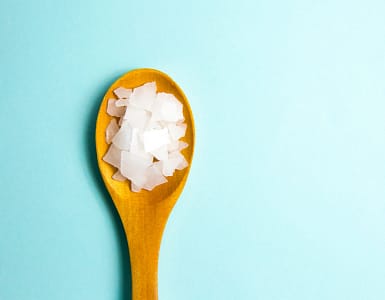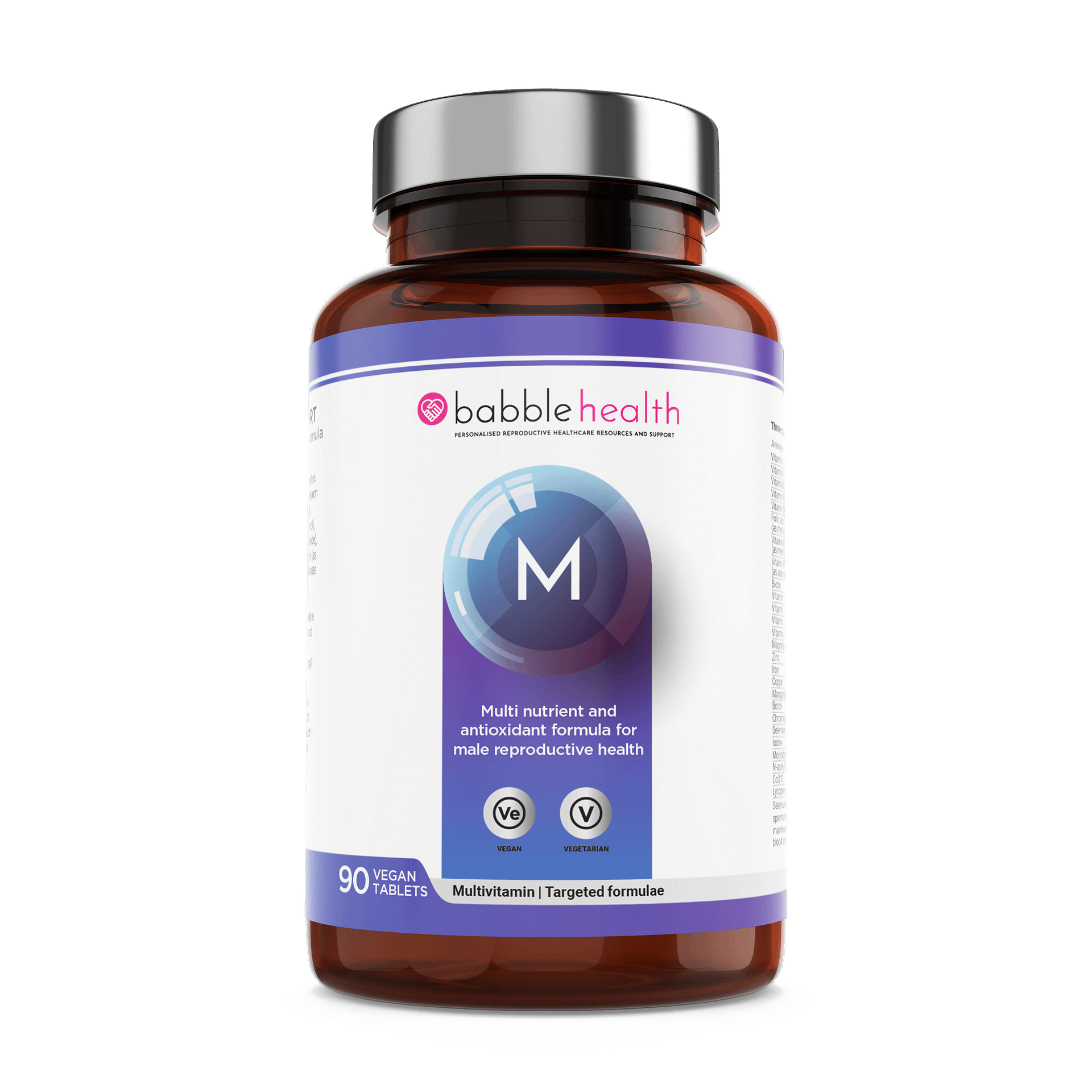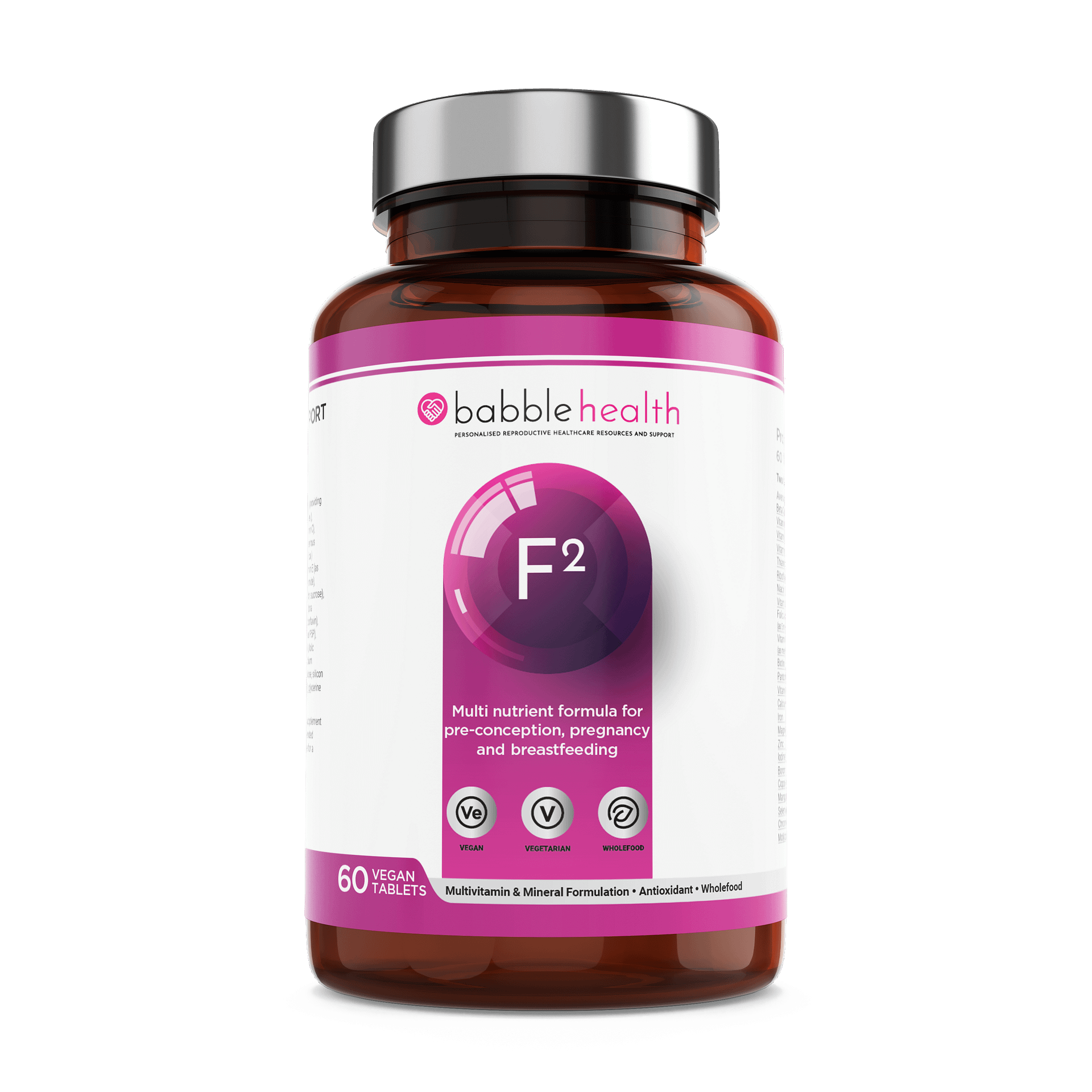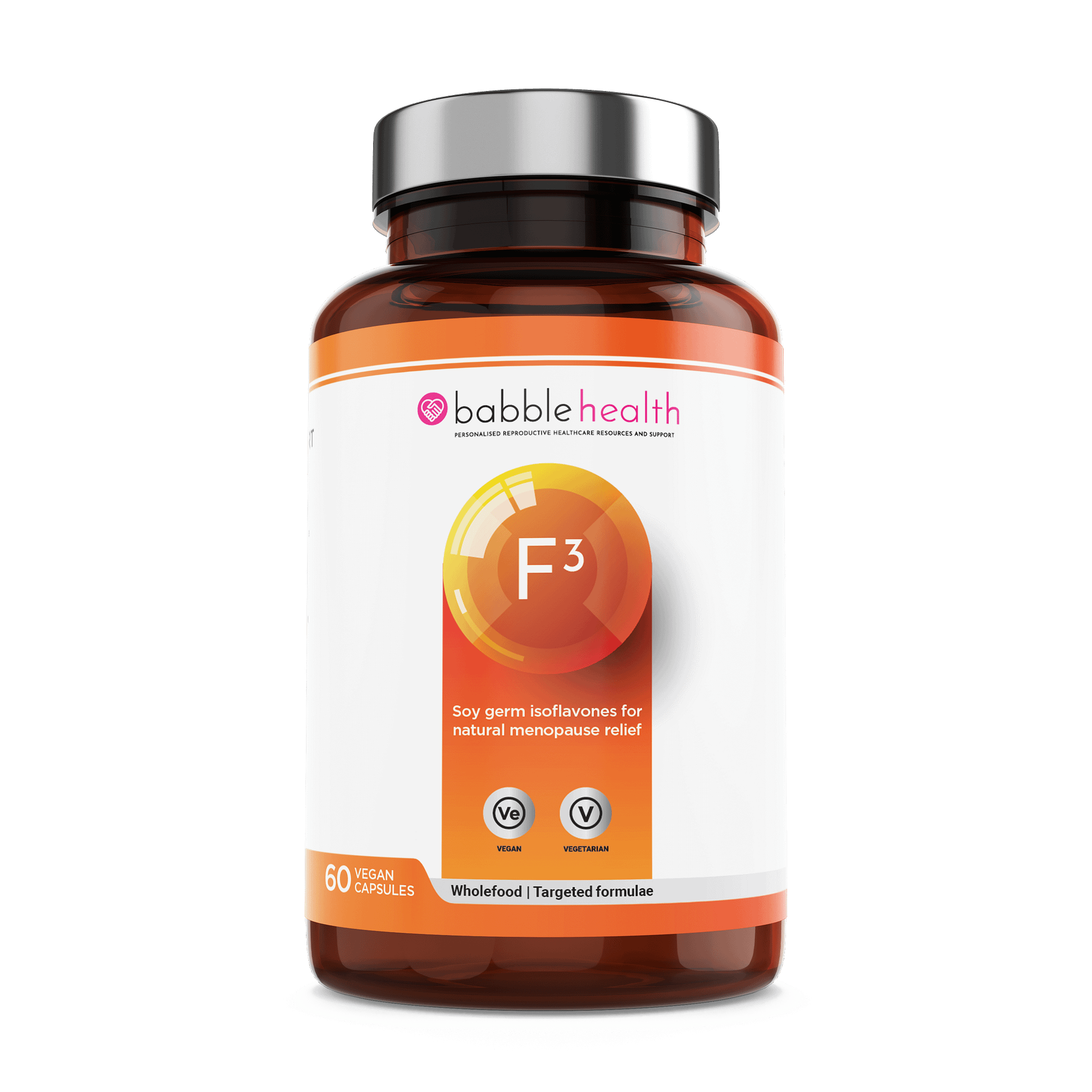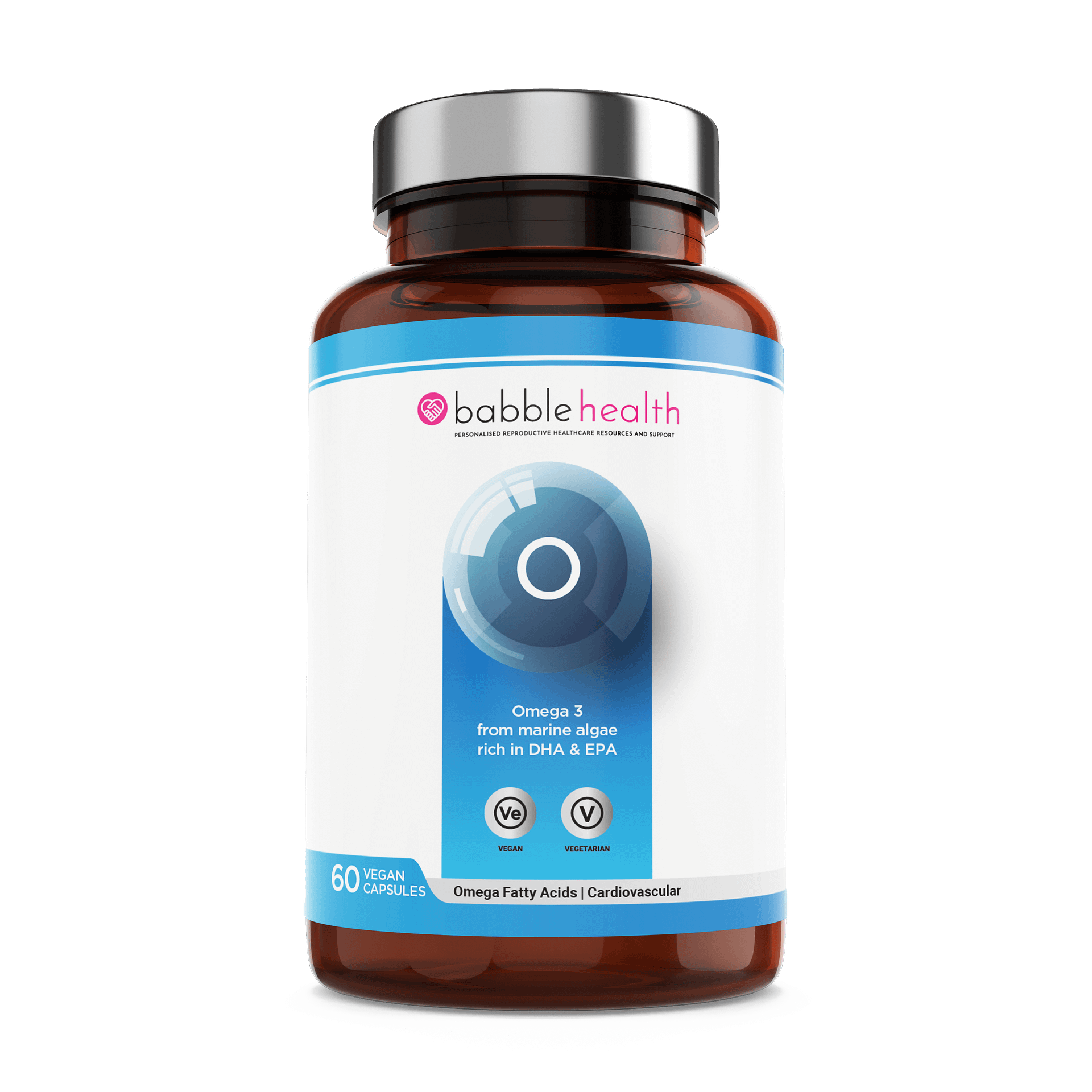Why not try fermenting your own foods and reap the health and nutritional benefits at the same time?
What is fermentation?
Fermentation is an ancient and natural process. It has been carried out to preserve foodstuffs such as bread, yoghurt, wine and beer and involved in the creation of flavours. Fermentation occurs due to microbes such as yeast and bacteria transforming less useful products into useful products. Recently there has been a lot more interest into the fermentation of vegetables along with fruit.
Why are fermented foods good for the gut?
Fermented foods are excellent for gut health as they provide beneficial bacteria (probiotics), enzymes (which help the body to break down food into smaller molecules which are easier to digest and therefore nutrients can be more easily absorbed into the bloodstream), and lauric acid, which promote a happy digestive tract. Good digestion and absorption of food is vital to the uptake of nutrients needed for health.
Fermented foods such as natural pickles, sauerkraut and other fermented vegetables, as well as live yogurt, kombucha and kefir all have higher levels of nutrients than their non- fermented counterparts, including B-vitamins (such as folate and vitamin B6) as well as vitamin K2 (menaquinone). Vitamin K2 is generally found in grass-fed dairy, meat and eggs and ferments. Vitamin K2 is made by the bacteria that line the gastrointestinal tract. It is used to build the blood vessel walls, bones, and tissues.
Certain fermented foods such as Sauerkraut are also known as ‘Synbiotic’ because they contain both beneficial bacteria and a prebiotic source of fibre for the bacteria to feed on too.
What happens during the fermentation of vegetables?
At its simplest, the fermentation of vegetables works as follows: vegetables are soaked in salt water or preferably their own juice in an airtight container; this allows for the growth of anaerobic bacteria; these bacteria eat the vegetable’s sugars; as a result, they produce carbon dioxide and lactic acid (which has a sour or tart taste), depending on pH levels and palate. This is called lacto- fermentation and is the most common type of fermentation. Eventually, the conditions within the jar become too acidic for these bacteria to survive and they die out, replaced with bacteria that can better handle the acidic conditions such as Lactobacillus species. The lactobacillus continue to ferment any sugars that remain, using anaerobic respiration.
What is Sauerkraut?
Sauerkraut is simply fermented cabbage. It is great for the gut as it contains the friendly bacteria ‘Lactobacilli Plantarum’ which grows well during the fermenting process and can help balance gut flora and inhibit the growth of E.Coli (a not so nice bacteria in most cases).
Enjoy Sauerkraut in…
Sauerkraut is great in a sandwich or served as a pickle and tasty with casseroles and stews.
Why not try making your own raw Sauerkraut? (‘Soured cabbage’)
Ingredients:
1kg organic cabbage chopped small
1 tbsp good quality sea salt
1 tbsp. of either caraway seeds and/or chopped dill Method:
Chop the cabbage very finely and place into a large bowl. Add the salt. Next, using a rolling pin bash the cabbage for up to 10 minutes. Add the spices/herbs and mix thoroughly. Place the mixture into a large lidded jar and as adding it, try to push the air out with the end of the rolling pin to remove excess air. Place the lid onto the jar tightly and leave for 3-4 weeks (remember to open the lid every few days to remove any gas formed for the week.). Enjoy![/vc_column_text][/vc_column][/vc_row]


